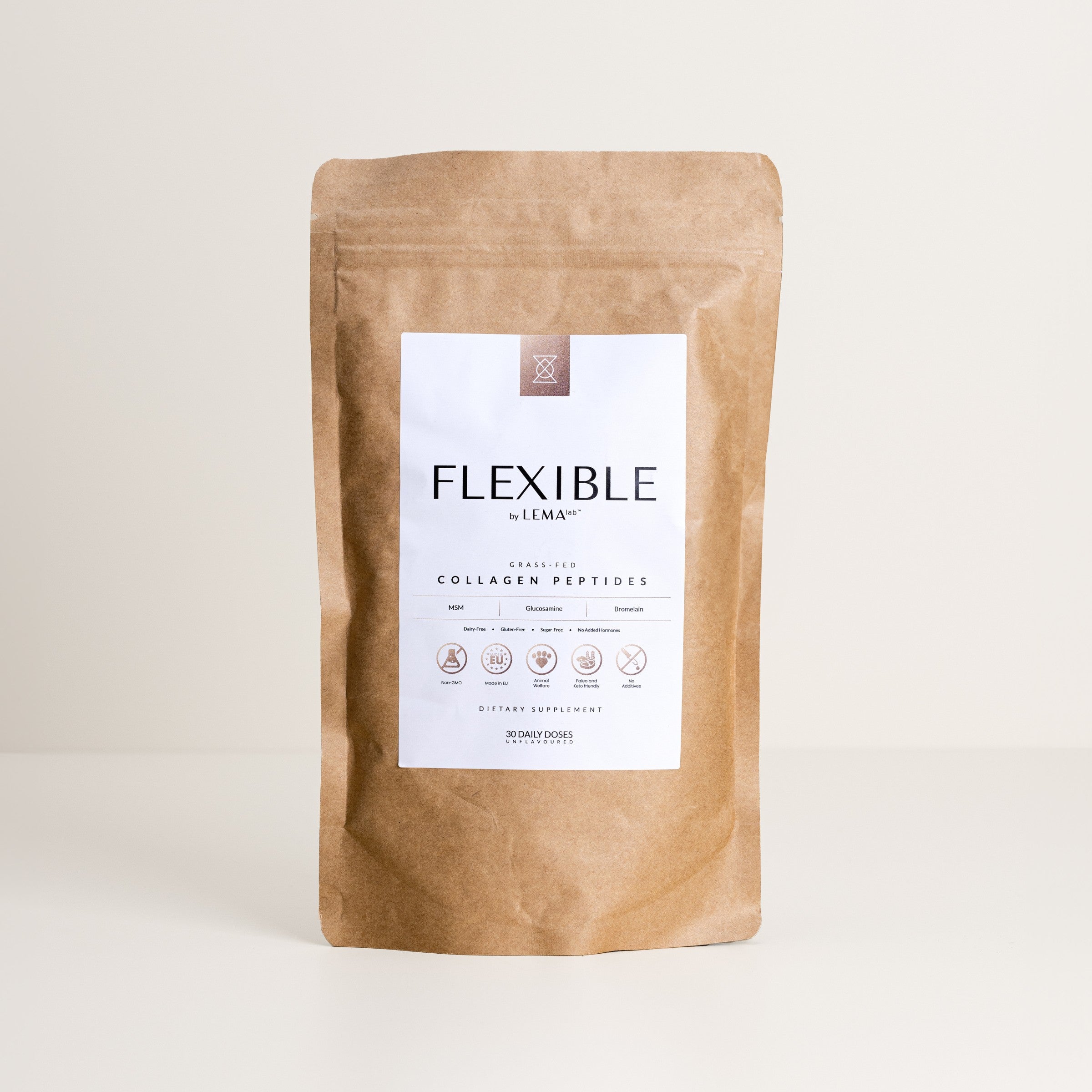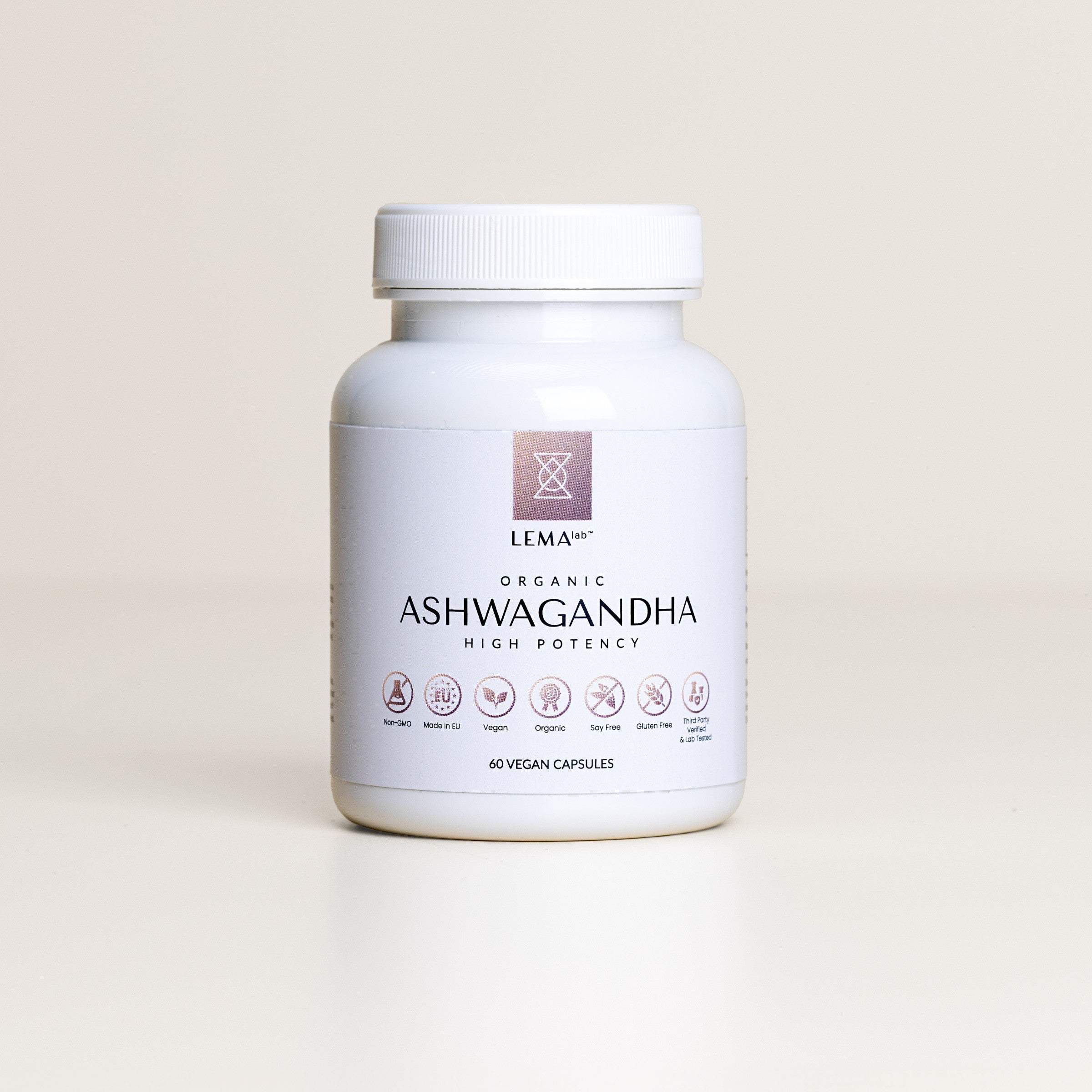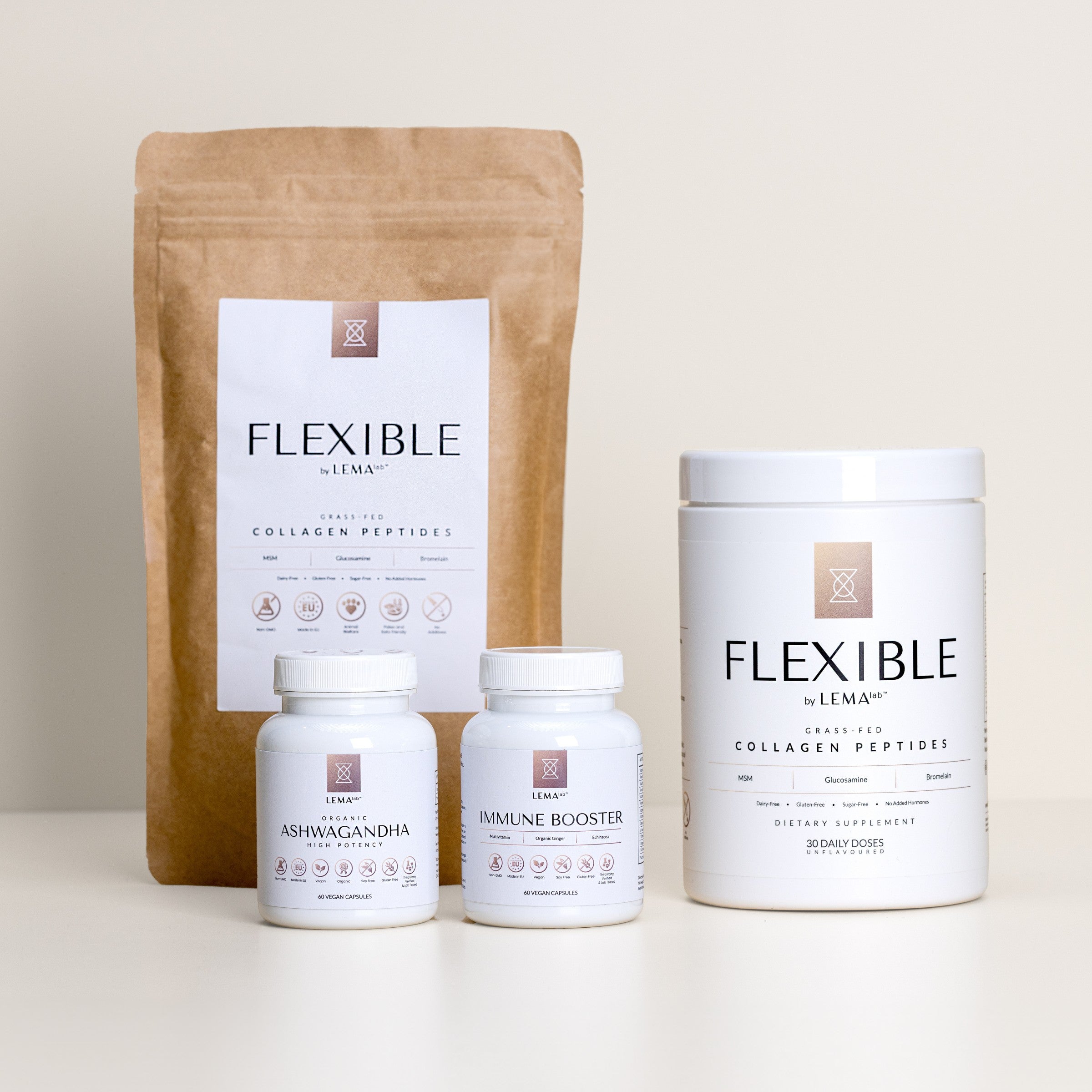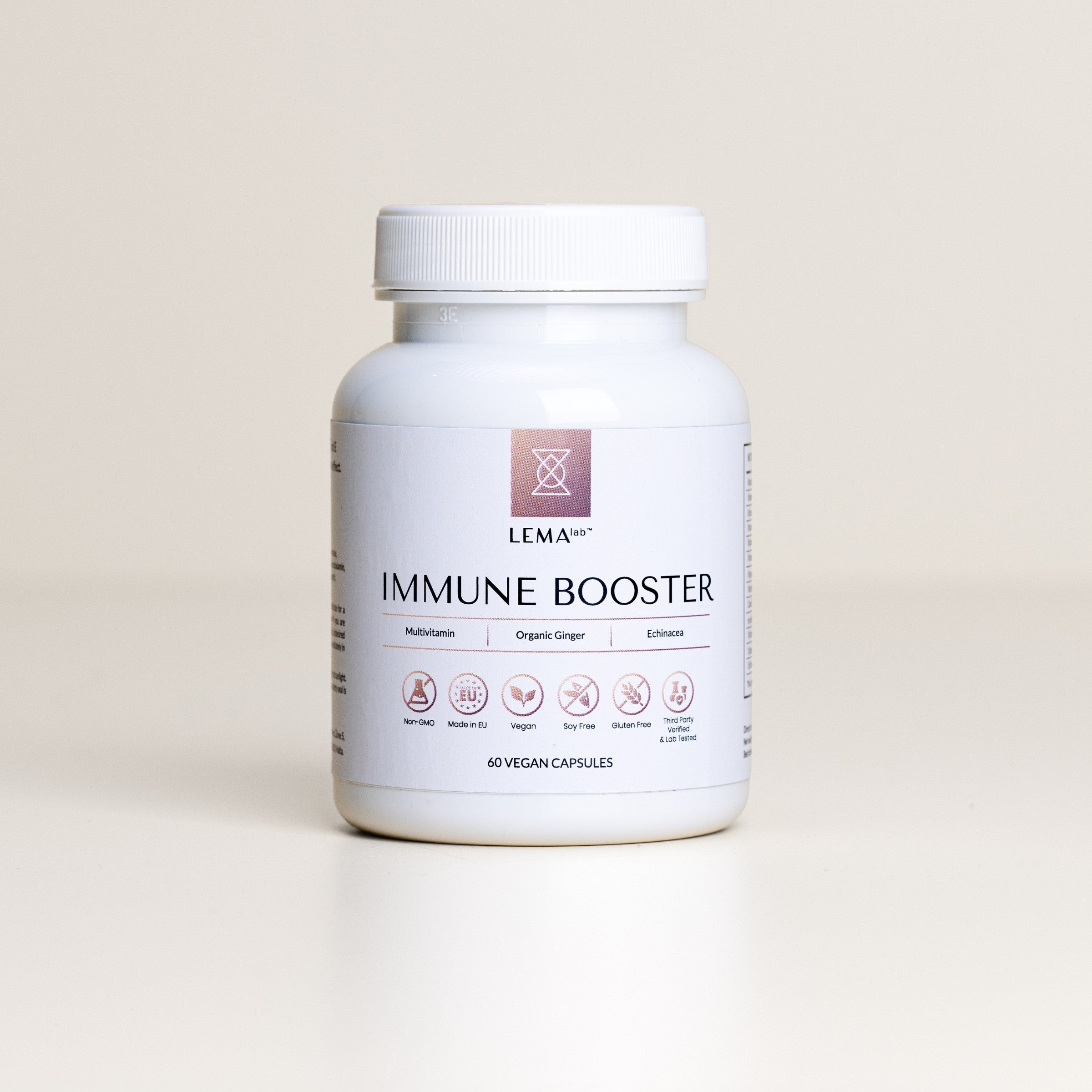
THE SECRETS BEHIND MIGRAINE PREVENTION: YOGA, DIET AND BEYOND
Migraine, a chronic type of headache, is one of the primary headache disorders affecting 13% of the population worldwide [4,6]. Headaches are considered chronic when you experience them for at least fifteen days per month for more than three months. Migraines are often accompanied by debilitating symptoms, including nausea, vomiting, and heightened sensitivity to light (photophobia) and sound (phonophobia).
The impact of migraines extends far beyond mere discomfort, profoundly affecting the quality of life. Those who wrestle with this condition often face absenteeism from work, diminished productivity, as well as the shadows of depression, anxiety, and, in some cases, even post-traumatic stress disorder (PTSD). The latter often originates from unsatisfactory treatment outcomes and the disability imposed by migraines, which can derail careers and disrupt daily lives. Another aspect is the presence of anticipatory anxiety, where patients tend to avoid potential migraine triggers constantly, leaving them in a constant state of fear. In addition, migraines may increase the risk of brain and heart disease [6].
The treatment of migraine includes acute and preventive medication as well as non-pharmacological strategies. Among these strategies, yoga stands out as a widely embraced complementary and alternative medicine practice, gaining increasing popularity worldwide [5].
In this article, we examine the impact of yoga and other crucial factors, such as dietary choices and sleep quality, on the frequency of migraines.

UNDERSTAND YOUR NERVOUS SYSTEM FIRST
The nervous system can be divided into several major categories and divisions according to its associated functions. The autonomic nervous system (ANS) regulates involuntary bodily functions, including heart rate, blood pressure, respiration, digestion, and sexual arousal. It contains two main anatomically distinct divisions: the sympathetic nervous system (SNS) and the parasympathetic nervous system PNS [4].
Activation of the SNS leads to a state of overall elevated activity and alertness: the ‘fight or flight’ response. In this process, blood pressure and heart rate increase, and the wave-like muscle contractions that move food through the digestive tract stop, among other effects. On the other hand, the PNS promotes the ‘rest and digest’ processes: heart rate and blood pressure lower, digestion restarts, etc [4].
Crucially, the ANS plays a pivotal role in upholding the body's equilibrium, or homeostasis. Stress, a common migraine trigger, can significantly impact this balance. For those grappling with migraines, sleep often emerges as a powerful ally, given that it serves to diminish the activity of the sympathetic nervous system during sleep.
The brain region linked to migraines responds to sleep duration, showing less triggering activity after sufficient sleep [2]. Finally, relaxation techniques also decrease sympathetic system activity, causing partial relief in migraine headaches. Hence, either drug-related or not, ANS modulation improves the symptoms [5].

HOW DOES YOGA IMPACT MIGRAINES?
Studies on the effect of yoga on migraines have found improvement in headache frequency, intensity and use of rescue medications. However, it's worth noting that the effect on pain intensity during actual migraine episodes may not be as significant [8].
Yoga's positive influence on migraine sufferers can be attributed to its ability to alleviate stress-related patterns and reduce stress hormones like cortisol. Yoga plays a crucial role in achieving a harmonious balance within the autonomic nervous system (ANS), whether in states of health or disease. Researchers have put forward two plausible mechanisms to explain how yoga brings about these ANS transformations.
The first option is that exercise improves the modulation activity of the vagal nerve, which is responsible for the ‘rest and digest’ processes and promotes relaxation of the heart's muscle tissue. Basically, exercise diminishes a substance named angiotensin II, which is known to inhibit the activity of the vagus nerve [4,5].
Another pathway to ANS balance through yoga hinges on nitric oxide (NO), a substance that counteracts the sympathetic nervous system. Engaging in exercise has been shown to boost NO availability and enhance the function of the inner lining of blood vessel cells. As a result, this indirectly shrinks sympathetic activity, further contributing to the overall calming effect of yoga practices [5].

WHY YOGA AND NOT OTHER TYPES OF EXERCISE?

OTHER KEY FACTORS FOR MIGRAINE MANAGEMENT
As mentioned above, sleep can be great for modulating the ANS, but your dietary choices are another key aspect to consider. Dietary interventions for people who experience migraines revolve around identifying foods that act as triggers and eliminating or limiting them.
Research has pinpointed several potential dietary triggers, including chocolate, citrus fruits, nuts, tomatoes, onions, dairy products, alcoholic beverages, coffee, and specific food components like monosodium glutamate (MSG), histamine, tyramine, phenylethylamine, nitrites, aspartame, sucralose, and gluten. Each person's response to these triggers varies based on factors such as the quantity and timing of exposure.
For substances like aspartame and MSG, higher amounts are particularly prone to trigger migraines. Consequently, the process of identifying dietary triggers can be challenging, and maintaining a food diary has proven to be a valuable tool for this purpose. Additionally, researchers have explored blood testing to detect potential dietary triggers by isolating DNA from specific blood cells to assess how dietary compounds impact gene expression, as certain genes are closely linked to migraines [3].
While elimination diets, like gluten-free or antihistamine diets, have gained popularity, the complete avoidance of specific substances may lead to nutrient deficiencies and malnutrition. It is advisable to choose a well-balanced diet and seek dietary guidance from qualified dietitians.
Let's focus on the opposite scenario: What foods can benefit people with migraines? The ketogenic diet (high fat, low carbohydrate) has shown promising results. Increased fatty acids, amino acids, supplementation with medium-chain triglycerides (a specific type of fatty compounds), or other dietary changes, as well as the alteration of the microbiome through probiotic supplementation, have offered potential avenues for symptom modification and improvement in migraine management [3].

BOTTOM LINE
Yoga can be beneficial by modulating the ANS, causing a decreased sympathetic system drive while stimulating parasympathetic activity, which is associated with the well-being of migraine patients. Other potential key factors in managing migraines include sleep and diet; however, it's important to have professional guidance before implementing significant changes, especially if they involve completely eliminating a food group. Migraines can be profoundly disheartening and incapacitating; we hope this article has provided valuable insights and the potential to empower you to manage this condition if you ever suffer from it.














Leave a comment
This site is protected by hCaptcha and the hCaptcha Privacy Policy and Terms of Service apply.